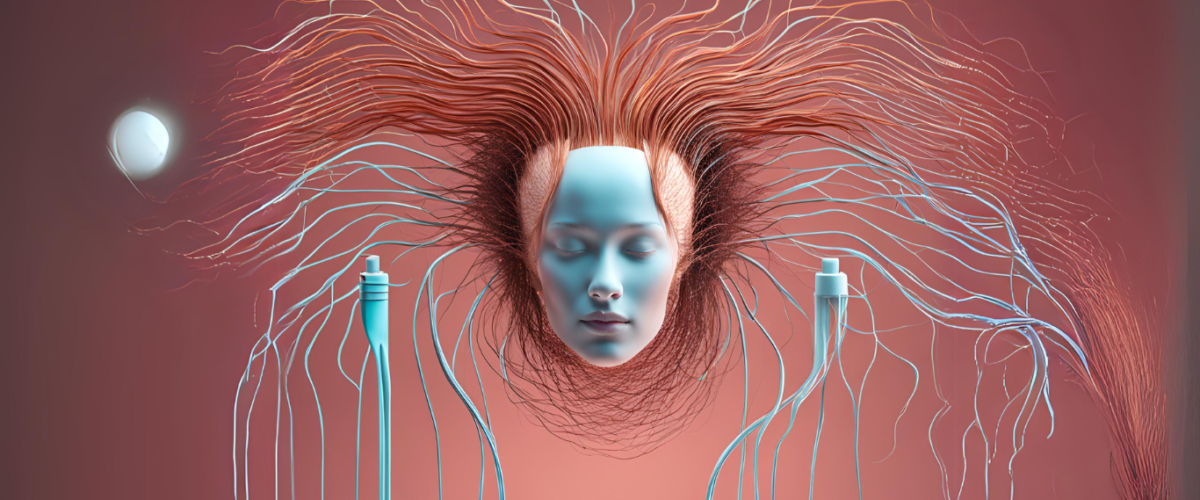
New Delhi, Sep 05: A new artificial intelligence application has the potential to revolutionize hair study by scientists and open the floodgates toward developing hair-only diagnostics for medical tests, a study showed on Thursday.Hair quantification-otherwise an extremely tedious process-is automated and accelerated by the AI model, which scans slides on a microscope and collects images of hundreds of hairs simultaneously.
The research for the application was conducted and produced by scientists at Washington State University’s College of Veterinary Medicine and was published in the Journal of Investigative Dermatology.It can gather a large amount of high-resolution data in a matter of seconds, which is then fed into a deep learning algorithm to determine color, shape, width, and length of each individual hair.
The research for the application was conducted and produced by scientists at Washington State University’s College of Veterinary Medicine and was published in the Journal of Investigative Dermatology.It can gather a large amount of high-resolution data in a matter of seconds, which is then fed into a deep learning algorithm to determine color, shape, width, and length of each individual hair.

The researchers applied it to mouse fur, but the substance could be used for hair treatment of any species, including human hair.
In many ways, an individual’s hair is somewhat a reflection of health. If you start separating them out with tweezers-which a lot of hair scientists do-you can make some interesting discoveries, he said. The idea was, what happens if you can make a computer program do that for you?” said Ryan Driskell associate professor and principal investigator of the research.
The molecular biosciences graduate student at Washington State University, Jasson Makkar, has created an AI computer vision model that recognizes hair by using an Aperio GT450 microscope along with a high-performance computing cluster. This application can be very useful in the fields of forensics and the hair product industry, where studying a person’s hair can gauge his health. It could create a scale for human doctors and veterinarians based on hair to grade overall health. Also, it might help solve crimes by analyzing the species and helping with information such as age, health, and ethnicity.
“There is a methodology in law enforcement agencies using hair fibre classification as a forensic tool in criminal investigations. This has been somewhat of a controversial methodology, because much of this work was done by forensic technicians visually identifying the types of hair found at a crime scene, then cross-referencing them against a very limited database of hair types across all mammals,” Driskell added. All said and done, this is one tool that might completely revolutionize the use of health and technology interaction-a benefit accruable to patients and doctors in the future”.
The molecular biosciences graduate student at Washington State University, Jasson Makkar, has created an AI computer vision model that recognizes hair by using an Aperio GT450 microscope along with a high-performance computing cluster. This application can be very useful in the fields of forensics and the hair product industry, where studying a person’s hair can gauge his health. It could create a scale for human doctors and veterinarians based on hair to grade overall health. Also, it might help solve crimes by analyzing the species and helping with information such as age, health, and ethnicity.
“There is a methodology in law enforcement agencies using hair fibre classification as a forensic tool in criminal investigations. This has been somewhat of a controversial methodology, because much of this work was done by forensic technicians visually identifying the types of hair found at a crime scene, then cross-referencing them against a very limited database of hair types across all mammals,” Driskell added. All said and done, this is one tool that might completely revolutionize the use of health and technology interaction-a benefit accruable to patients and doctors in the future”.
- September 7, 2024
- By:A A
- Categories:Blog
- Tags: AI, Artificial Intelligence
- no comments

Post a Comment